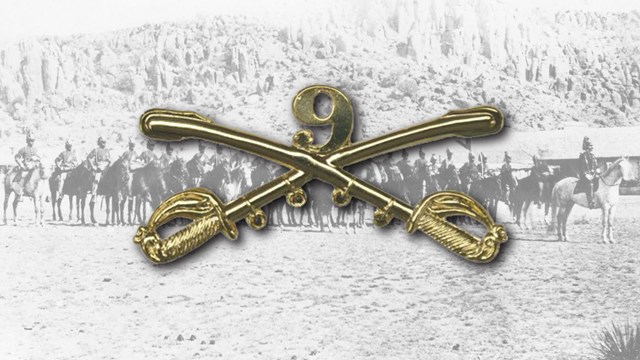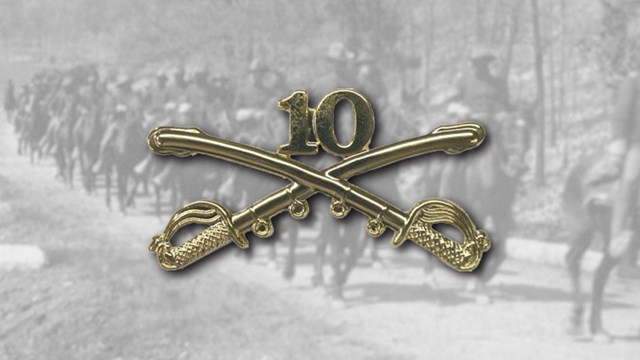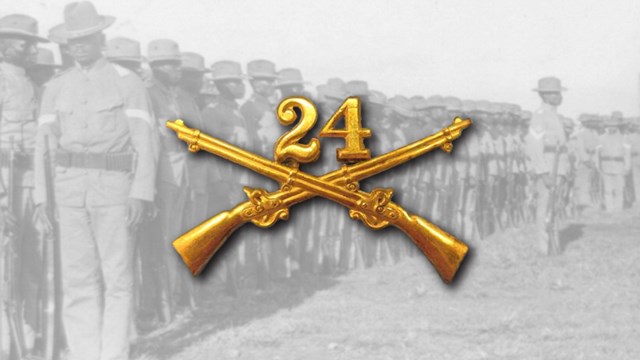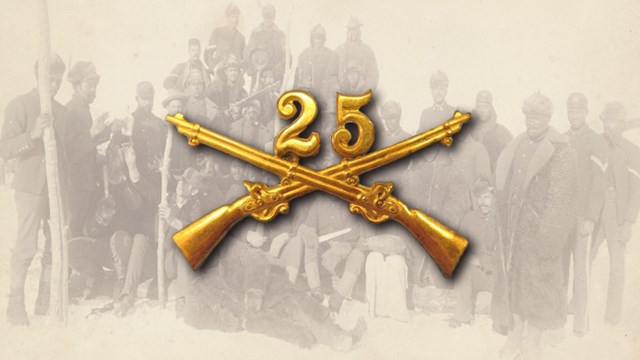|
Beginning in 1866, many African American men enlisted in the segregated regiments of the US Army leaving the last vestiges of slavery behind to accept a risky, life-changing opportunity that offered education, dignity, guaranteed pay, responsibility, and respect – benefits most thought they would never receive. As America expanded westward after the Civil War, Buffalo Soldiers were sent to restore and maintain order in territorial conflicts on the Plains and in the Southwest. These conflicts arose with increasing presence of European-American settlers in Tribal Nations’ homelands and the development of the railroads, telegraphs lines, stagecoach lines and stations, US mail routes and frontier towns. Many Native Americans were also frustrated by the promises and treaties that had been broken by the Federal government, and they wanted to return to their traditional homelands and did not want to stay on reservations. While many of the interactions between Buffalo Soldiers and Tribal Nations served to protect European-Americans from Tribes, in the 1880s some of the Buffalo Soldier units were sent to Oklahoma to keep European-American settlers from making their homes on Indigenous land. Buffalo Soldier Profiles
9th U.S. Cavalry
Stories of the 9th Cavalry Buffalo Soldiers. 
10th U.S. Cavalry
Stories of the 10th U.S. Cavalry Buffalo Soldiers. 
24th U.S. Infantry
Stories of the 24th U.S. Infantry Buffalo Soldiers. 
25th U.S. Infantry
Stories of the 25th Infantry Buffalo Soldiers |
Last updated: November 9, 2022
